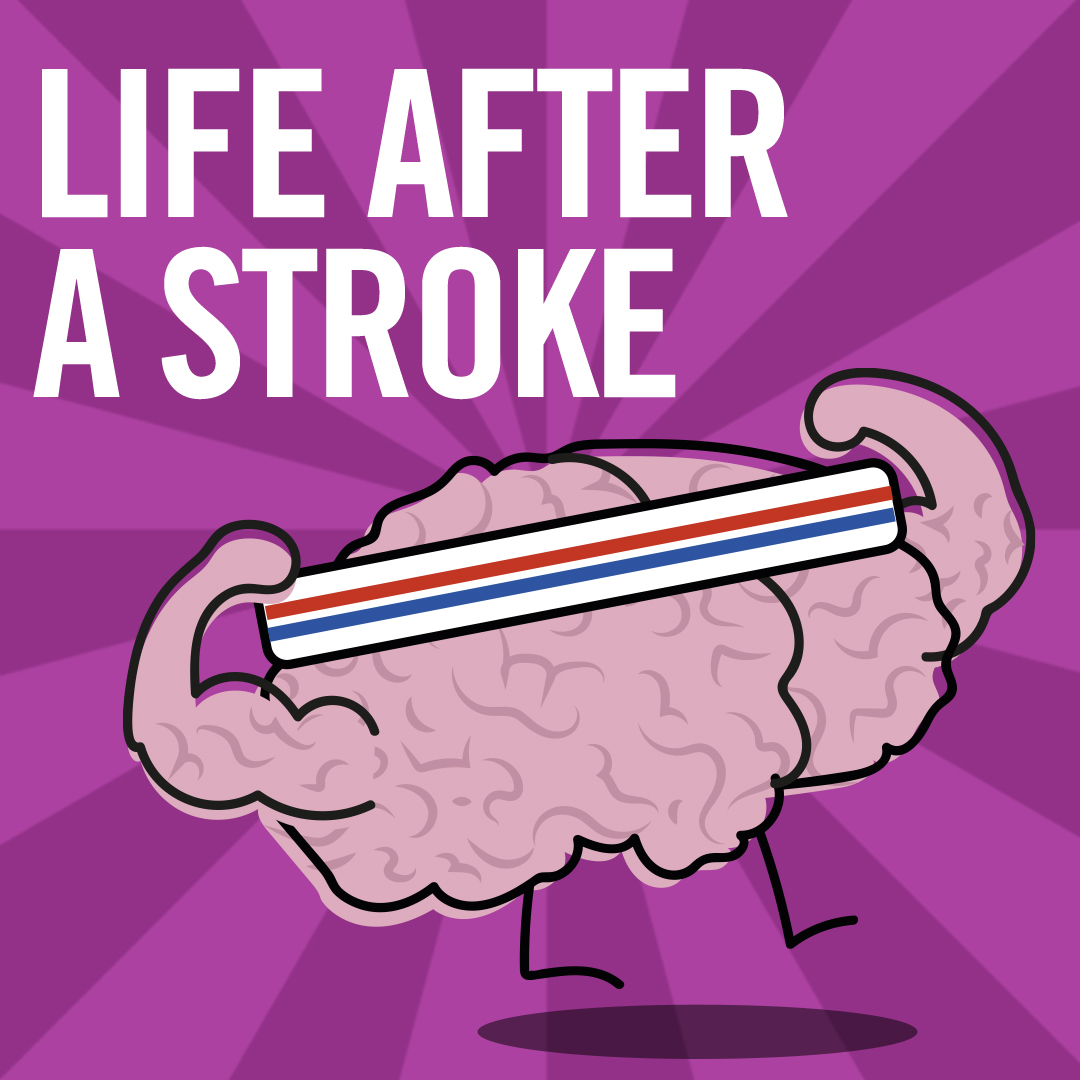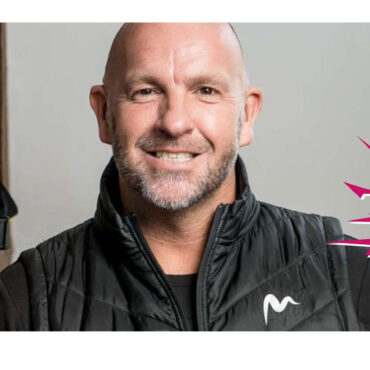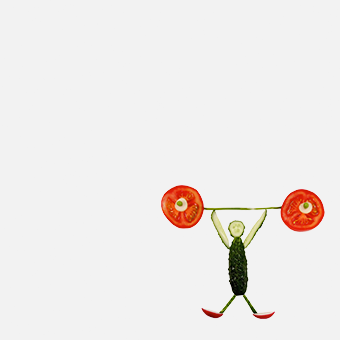The Stroke Association is running its annual stroke awareness campaign, Make May Purple. They are encouraging participants to get involved by being creative with sponsorship and donations, such as wearing purple clothing, cooking purple cakes for bake sales and playing purple-themed games!
This campaign comes only a few weeks after actor Emilia Clarke revealed that she suffered a life-threatening stroke back in 2011, at the start of the Game of Thrones filming. Clarke has also launched her own charity SameYou, to support young people with brain injuries.
What is life like post-stroke?
A stroke occurs when oxygen to the brain is restricted and parts of the brain become damaged and start to die off. Strokes can cause long term paralysis, brain damage and in the most severe cases can be fatal. The effect and severity of a stroke is determined by the location of the damage to the brain and how quickly medical help can be sought.
Even in the simplest of cases, stroke survivors have a rough road to recovery ahead of them, often having to rebuild their lives due to the impact a stroke can have on the entire body. Exercise is vital right from the beginning.
As well as keeping healthy, activity will significantly reduce the risk of a second stroke occurring. Exercise plans will vary from person to person, but our plan below is appropriate for all cases. The important thing to remember is not to get too exhausted when exercising post-stroke, and stay within your limits whilst you are recovering.
Everyday movements
Getting more active in the home could be a good start for a stroke survivor if joining a class or gym feels daunting. Something as simple as gardening, cleaning or climbing the stairs will make for a positive improvement, and starting by succeeding at completing simple tasks will also help to improve self-esteem.
Repetition is key
A little can go a long way. If a stroke survivor is immobile in the early stages of recovery, chair or floor-based exercises such as knee extensions, unweighted or light-weight bicep curls and knee to chest stretches are all beneficial. It’s the repetition of these small movements that will make a big difference.
Aerobic Exercise
Aerobic or cardio exercises are fantastic for stroke survivors, as they strengthen the heart and support respiration. In turn, they also help to improve balance, endurance, coordination, and energy levels.
Outdoor activities like walking, biking and hiking offer the dual benefit of exercising in fresh air which can have a positive effect on mental wellbeing. Equally, stroke survivors can see huge improvements through aerobic exercises such as dancing and swimming.
https://www.facebook.com/activenationuk/videos/255621645246177/
Steve suffered from many health ailments. He was overweight and recently diagnosed with Type 2 diabetes. Despite the warning signs, Steve took no action to seek a healthier lifestyle, and unfortunately later suffered from a stroke. With the encouragement of a medical professional, he took up swimming as part of his recovery and has never looked back!
Become a Get Active Participant
Active Nation’s Get Active referral scheme in Southampton is a structured and supervised programme for adults who meet the referral criteria. Over a period of 12-weeks, specially trained staff will tailor an activity plan to each participant taking into account their ability and goals. If you’re recovering post-stroke and think this programme will benefit you, or someone you know, contact the Active Communities Team by visiting http://www.activecommunity.org.uk
Find out how you can support Make May Purple


















